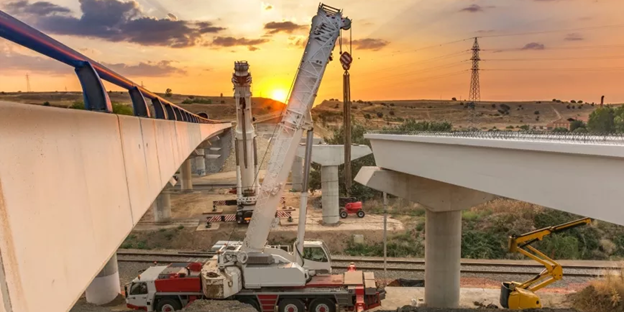The current federal push for a historic investment in the nation’s infrastructure comes at a time when America’s roads, bridges, and other public resources and services appear to be suffering from a chronic resilience deficit. The recent cyberattack on a major oil pipeline, February’s collapse of the Texas electricity grid (PDF), and the persistent effects of Hurricane Maria on Puerto Rico all appear to reflect gaps in resilience. These events also underscore the fact that much of the nation’s infrastructure was built under the assumptions of the past and apparently false expectations about the risks of the future. Rapid changes in infrastructure, as well as the threats to which it is exposed, are creating new challenges for resilience.
The American Jobs Plan could provide a much-needed boost to resilience. Investing more in infrastructure resilience (PDF), the ability to reduce the impacts of disruptive events, could generate dividends in terms of avoiding damages. As a result, investments in resilience tend to pay for themselves over time. However, generating those dividends will necessitate not only large infrastructure funding packages but also thinking critically about how and where those dollars are used. Translating these investments into resilience could require progress on four fronts.
First, a national framework for prioritizing investments in infrastructure that address resilience needs that are critical to the nation’s security and prosperity may be needed. In so doing, ensuring that investments flow not only to the haves but also to the have-nots in rural, disadvantaged, and minority communities could be important. Balancing these interests could mean developing criteria that can be used to prioritize investments, as well as enable downstream assessment of their performance. For example, President Biden recently announced a doubling of the budget for the Federal Emergency Management Agency’s (FEMA) Building Resilient Infrastructure and Communities (BRIC) program, which supports state and local disaster resilience efforts. BRIC uses criteria (PDF) for determining the merits of a disaster mitigation project. Extending such criteria across federal funding programs and developing a transparent set of national priorities that support the well-being of the American people could be critical for steering the nation toward resilience. As noted in the American Jobs Plan, this could mean having buildings that can stand up to extremes of weather, computer systems that deny access to hackers, as well as a social safety net that can provide for the health, safety, and employment of Americans during tough times.
Second, it might be useful to rethink how infrastructure for the next century is designed to better prepare it for the current and future threats while also adding flexibility and redundancy. American infrastructure systems, such as seawalls and levees, are designed to hold up under stress, but as we’ve seen, such systems invariably have their breaking point. From the levees of New Orleans to the Deep Water Horizon oil spill (PDF), disasters are often punctuated by infrastructure failures. Mitigating the risks of failures, but also making infrastructure safe-to-fail, might reduce the likelihood of disasters turning into catastrophes.


